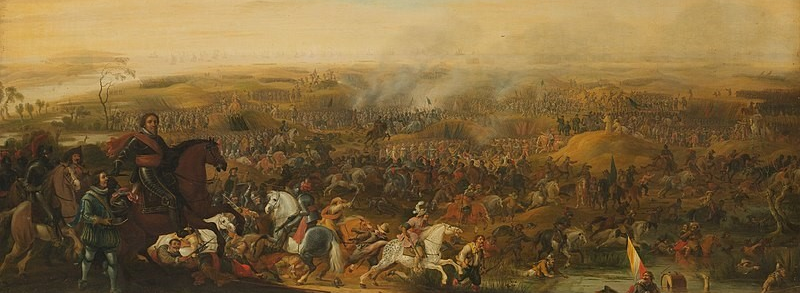Vindicating Revolution, 1562-1797

The purpose of this course is to introduce first-year undergraduates to a central question in the history of political thought and action: what justifies taking up arms against a political authority? And what prevents it?
Focusing primarily on monarchies of the western Eurasian rim (especially France, England, and Scotland) the course will trace the development of ideas about armed resistance from the post-Reformation period of the later sixteenth century down to the French Revolution at the end of the eighteenth century. It will consider in what ways these arguments were articulated in religious, historical, legal, scholastic, and constitutional terms. And it will consider the extent to which Reformed Christianity, civil law, the politics of ancient Rome, and the sacred history of the Hebrew bible served to offer and to contain revolutionary potential. These ideas will be studied, furthermore, in specific contexts in which they were composed and circulated: some of the highest moments of political and military tension in European history in this period. These are the intestine religious wars of later sixteenth-century France (which bled on into the 1620s); the wars of the three kingdoms of Scotland, Ireland, and England, in the period 1639–49; the Revolutionary moment of 1683–9 in England; and the French Revolution of the late eighteenth century. The course will also therefore by its nature consider the mobility of ideas across place, time and languages, identifying continuities, re-appropriations, and local shifts of focus between the sixteenth and eighteenth centuries.
As well as paying careful attention to the content of the arguments offered in favour of armed resistance, the course will also attend to two other crucial aspects. The first of these of these concerns will be with the generic forms that arguments took, including the ‘disputed questions’ of scholastic argumentation; philosophical analysis of causes; sermons; oaths; and speeches. The second concern will be with the material forms in which these arguments circulated and reached their audience—including more-or-less clandestine manuscripts, and illicit, anonymous, and pseudonymous print publication.
The sources for this course consist of concise extracts taken from manuscripts, pamphlets, and treatises written between the sixteenth and eighteenth centuries. (In a few cases, where it is very short, the complete source will be set.) They are chosen to illustrate the intense and sophisticated debates that took place over the ultimate political question—resort to arms—in this period. The sources are also specifically chosen to illustrate both sides of the debate. Hence they do not only represent the most ‘radical’ writings of the era, which (sometimes for good, and sometimes for less defensible reasons) have often tended to be the ones that have attracted most historiographical attention; they also represent the writings that sought to contain, defuse, and refute such calls to arms.
Taken as a whole, the course will offer students a range of historical perspectives on the topics of violent religious radicalism, the legitimacy of international intervention, and the justification of civil war in early modern Europe.
Image: Painting by Pauwels van Hillegaert entitled Prince Maurice at the Battle of Nieuwpoort, 2 July 1600, c.1632-1640.
